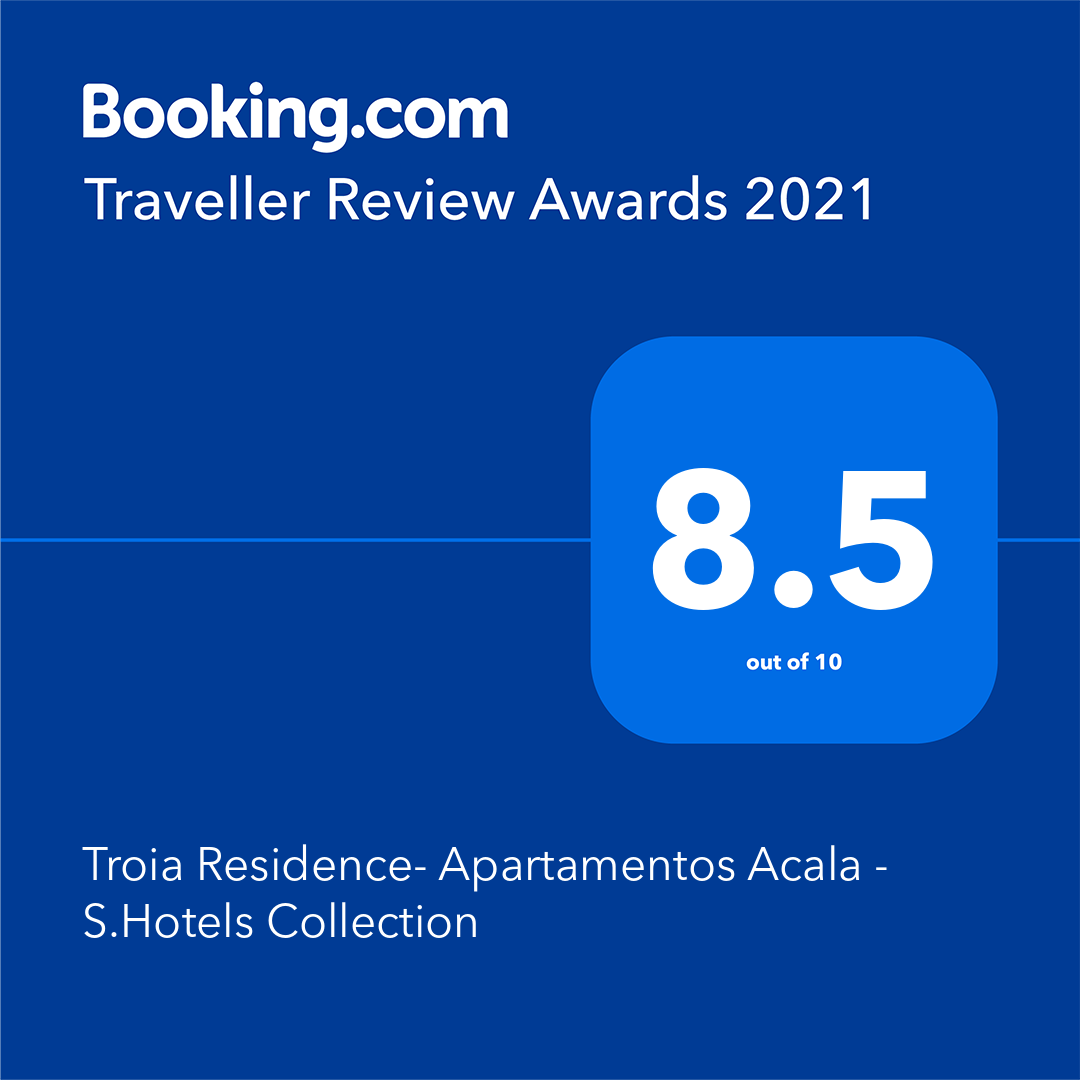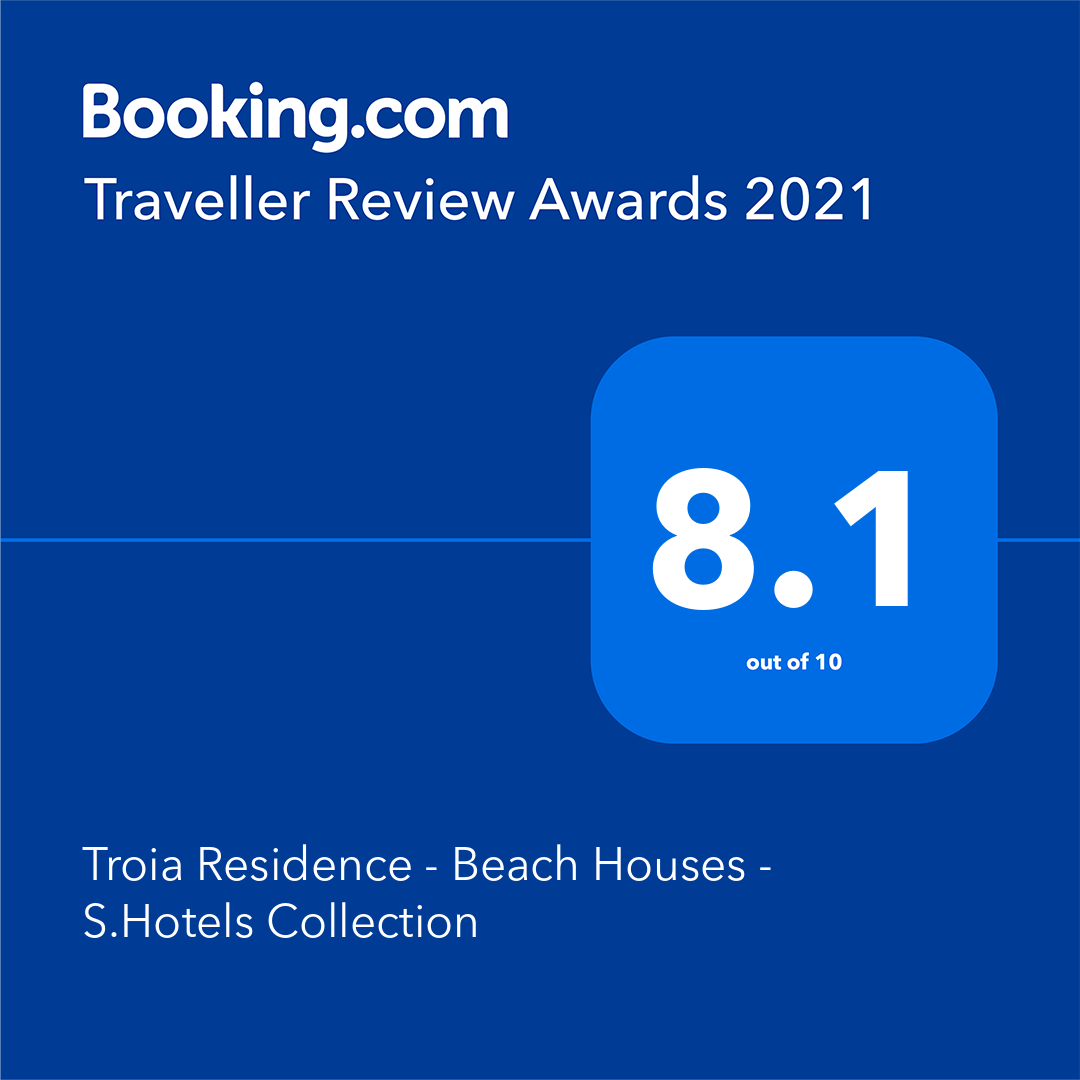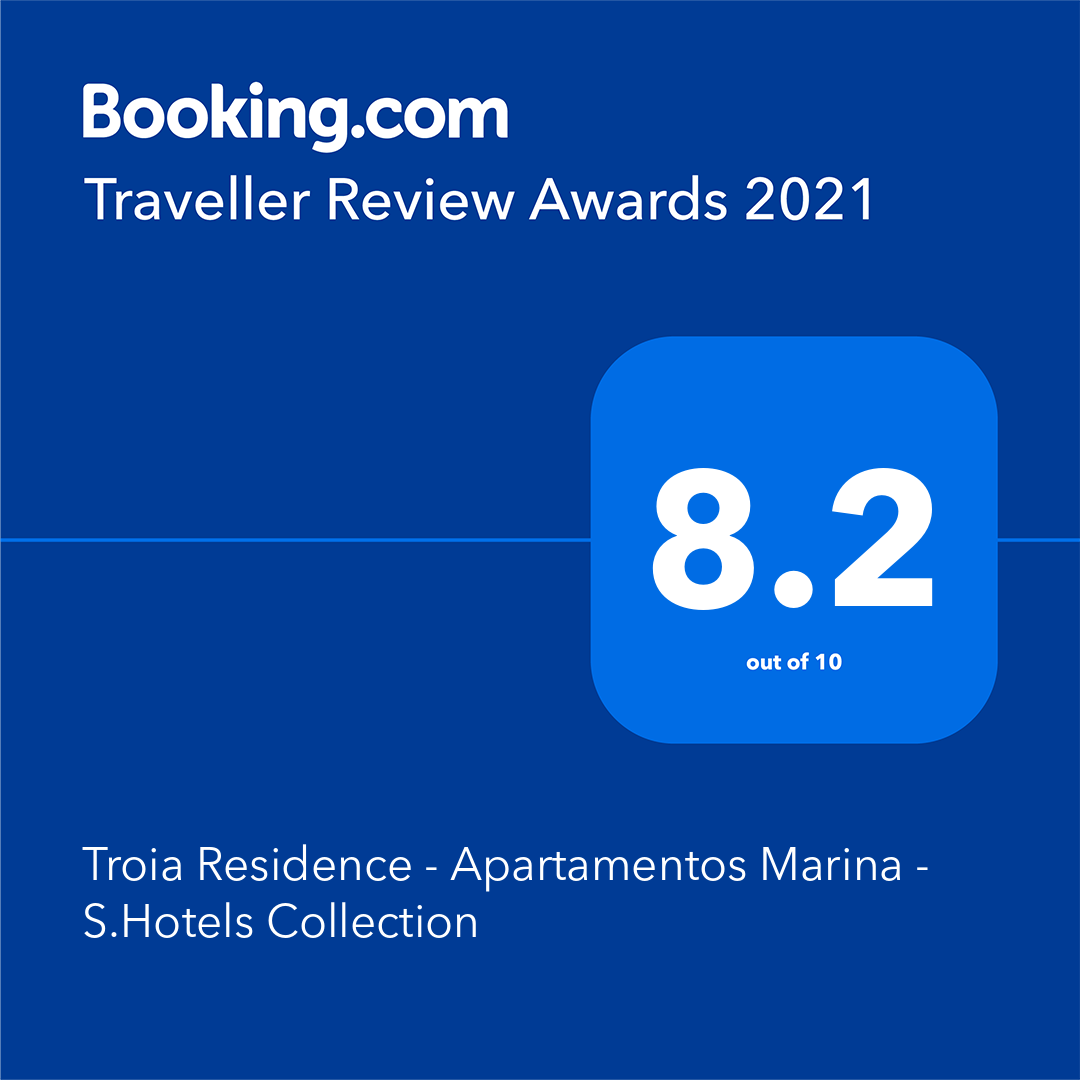Heritage & Culture
Visit the largest industrial fish-salting facility in the Roman Empire, the Roman Ruins of Troia and discover the biodiversity of your little corner in the heart of nature.
Discover Ácala island, as it was called in ancient Rome.
A couple of minutes from the centre of Troia, travel in time to the ruins of the largest industrial fish-salting facility in the Roman Empire, occupied until the 6th century. Lose yourself in the factories, houses, tombs, hot and cold baths.
Every year there are new findings that you can see at the archaeological exhibits, guided tours, and thematic events.
In between the beach, Troia Golf and Troia Marina, feel Troia’s past and the stories that took place here.
CONTACTS
Email: arqueologia@troiaresort.pt
Telephone: +351 939 031 936
BIODIVERSIDADE
Sinta-se em harmonia com a fauna e flora desta península, com mais de 600 espécies.
Adormeça ao som do mar e deixe o perfume dos pinheiros e eucaliptos tranquilizar-lhe a respiração. Está a poucos passos de uma floresta sombrosa, da vegetação rara que habita as dunas, das lagoas azul-brilhante e da quietude dos bancos de sal.
Neste porto-seguro de vida selvagem, pode observar aves únicas nas árvores e cegonhas nas chaminés da Comporta, ou cavalos-marinhos e raias nas águas do Sado e na Costa da Galé. Tantos caminhos por explorar, de mãos dadas com a Natureza.
A biodiversidade é um factor de diferenciação de Tróia, tendo sido inventariadas até à data mais de 600 espécies na sua área, das quais:
233 de flora
152 de aves
12 de mamíferos
11 de répteis
4 de anfíbios
207 de organismos que vivem na zona entre-marés.
-
Beach
The Tróia peninsula is actually a gigantic sand dune, which was gradually formed over thousands of years.
By the breaking waves, the first colonising plants like the European searocket can be found. Then, on the embryonic dune, we find the Elymus farctus and the Otanthus maritimus. Next come the primary dunes, with tall ridges and only a few years of life, covered in Ammophila arenaria. Over the ridges there are the secondary dunes, several decades old, rich in aromatic shrubs. The further inland we go, the older the dunes are, sustaining larger bushes, such as the Lygos monosperma and the Juniperus communis, and even the stone pine.
In Winter, flocks of small birds – sanderlings – swarm the shore and in Spring they migrate north to the Arctic Circle to nest.

-

Caldeira
The Troia Caldeira is a lagoon which fills up and empties twice a day, unveiling wetlands and mud. It forms a recess in the Sado estuary of the Tróia peninsula.
It is an area of great value that provides food and shelter to many species of waterfowl, like the sanderling, bar-tailed godwit, herons and mergansers, and is thus an excellent site for birdwatching.
The Caldeira and the surrounding pine forest are priority conservation habitats at the European level; consequently, the "Sado Estuary” was included in the Natura 2000 network.
-
Pine Forest
The pine forest that covers the oldest dunes in Troia is mostly composed of maritime pine and stone pine, but it also harbours plants, such as the pistacia lentiscus, armeria maritima and corema album.
The two kinds of juniper - the juniperus phoenicea and the juniperus navicularis– some of which are over a century old, the lichens, the Linaria ficalhoana and the Ionopsidium acaule, two small rare plants which grow here, must be noted.

-

Estuary
The colony of bottlenose dolphins in the Sado river is unique in Portugal and is one of the very few in the whole of Europe having an estuary as its home. Tróia-Natura, a company of SONAE Capital, has helped with its conservation through several projects.
On the banks of the Troia peninsula there are half immersed prairies of seagrass, which are actually nurseries where emblematic species grow, i.e. seahorses, cuttlefish and clams.
By the Sado river, upstream of the TROIA MARINA, the typical white sand beach gives way to a pebble beach, with rich biodiversity, where one finds sea carrots, anemones, crabs, shrimp, whelks, sea snails, oysters, sea urchins, starfish and even mollusc and fish eggs, etc.




















